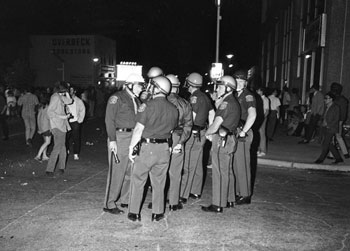Preserving Market Memories

Jonathan Goetz, a market vendor, shares some stories with volunteers Joan Kauffman and Stephanie Kadel Taras at the oral history table at the Ann Arbor Farmers Market earlier this month. (Photo by Mary Morgan)
When Ralph Snow of Snow’s Sugarbush, a long-time vendor at the Ann Arbor Farmers Market, died last year, his passing was a loss of both the individual and of the memories he carried.
“His death reminded us of the impermanence of the market,” says Molly Notarianni, market manager.
So she decided to look for a way to preserve the market’s history, which would otherwise be lost. As she worked with a volunteer who specialized in oral history, the idea of a regular oral history booth emerged, a way to let vendors and shoppers share stories of their relationships and memories in the market.
Launched this summer in conjunction with the market’s 90th anniversary, the project aims to give people a chance to feel engaged in documenting the history of the market and of the entire agricultural region. Volunteers staff a table every other Wednesday at the market from 11 a.m. to 1 p.m. They’ll be at the market today. [Full Story]






